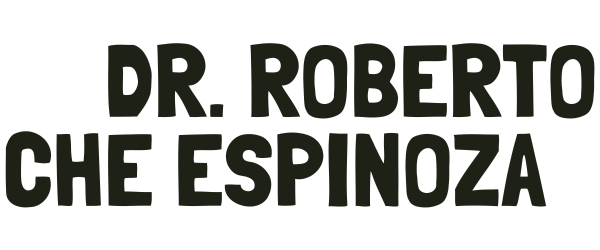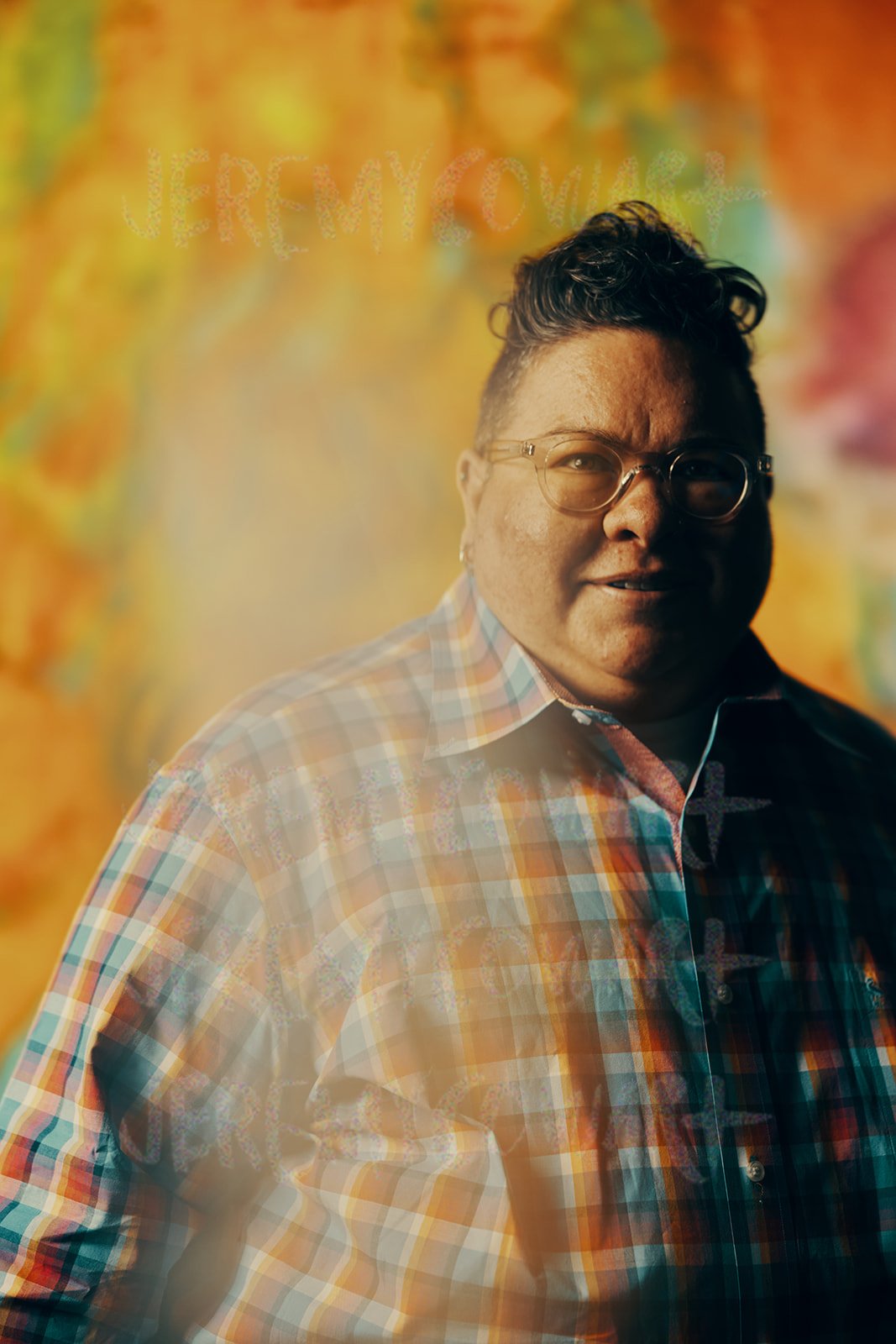
Philosophy of Teaching: Growing with Others Amid Dynamic Identities and Locations
I approach my teaching practice by first identifying myself as well as the unstable standpoints that intersect with one another. These intersections are points that radically interconnect, and thus I find that the unstable standpoints are moments of radical interrelatedness with all things. I consider my own queer-of-color standpoint an important feature of my own understanding of engaging the classroom as a teacher, scholar, and participant in the practices of diverse knowledge production(s).
Yo soy un queer Mestizaje specializing in constructive philosophical theology and culture with a primary focus on the philosophy of materialism. I situate my theology in relation to an analysis of the materiality of bodies (broadly construed), critical social theories, race and identities, queer issues, gender, and sexualities. These research interests also align with my varying unstable standpoints and provide a rich autobiographical picture of both my own queer Mestizaje body and my research that has philosophical contours.
Given these research interests, I believe that my aim in teaching is located in the challenge to enflesh both a critical queer pedagogy that demands attention to the particularities of experience, agency, and multiple voices, and a transformative queer-of-color pedagogy that is rooted in hospitality and invitation of difference. I teach as a way of inviting the whole person into a generative conversation that reaches far beyond what books and other written texts can offer us in a classroom setting.
Having transformation as a goal in one’s pedagogy creates a critical opening for difference to emerge as a central feature to enfleshing a pedagogy that resides in the borderlands of queerness and transformative queer-of-color(s) standpoints.
As part of recognizing the importance of teaching in the borderlands of difference, I engage the space of the classroom with particular attention and criticism to those who have the privilege to populate and engage this classed space, as well as particular gender dynamics existing that oftentimes displace and eclipse voices of difference. As such, I see and experience the room of learning (e.g. Classroom) as a room and space of a particular class, normative gender hierarchies, and heteronormative realities that privilege students who have ongoing economic, gender, and sexual privilege to sit in the space of higher education.
Understanding that higher education learning spaces are imbued with particular class, gender, and sexual expressions and varying economic privilege, I also see the classroom as having the great potential to become a space for collaboration where there is room to decentralize and de-stabilize authority, where the teacher becomes both a consumer and producer of knowledge, like the students who are enrolled in the class.
Teaching, in many ways, is both an art and a vocation. Teaching demands a particular and sustained attention to the dynamics existing in the classroom, while also encouraging conversation that helps students flourish. Teaching happens inside and outside of standard classrooms. In an age of digitalization, online learning is taking shape and presents new challenges for teaching. I see both the brick-and-mortar classroom and the online/digital classroom as potential sites for radical transformation. It is still a story and multiple standpoints that drive the learning. In both media, researchers help contribute to the construction of a mosaic where differences abound, new textures and syntax are discovered, and both unlearning and learning are achieved.
Part of teaching is also finding a way to invite researchers into the conversation about how the course will be structured. Offering an unfinished syllabus to the class creates an opening for the researchers to contribute and fill in the gaps. This highlights my commitment to collaborative learning. In some cases, new directions are charted and the class finds itself in new terrain that deepens our passions and yearnings. Listening to the researchers and helping them emerge as critical thinkers is also part of inviting the classroom to contribute to the formation of the syllabus. Bringing together multiple voices and rough edges, helping to smooth out the terrain, creates a compelling mosaic of learning that is constructively and collaboratively achieved.
Teaching never ends. While it may be located in a room or online space for a period of time, the art of teaching continues. Public understanding, public writing, and other forms of public teaching are also an outgrowth of what happens in the classroom, along with informal meetings to discuss class readings. The compulsion to help others understand difficult texts and concepts, and generate ideas is what compels me to assume the role of teacher. I do this by remaining hospitable to difference, deeply listening to others, and remaining committed to radical social change.
“Teaching is the work of gathering voices and choosing texts, of pulling together both fragmented and smooth pieces to create a new image that tells a new story.”
-Dr. Melissa Browning


